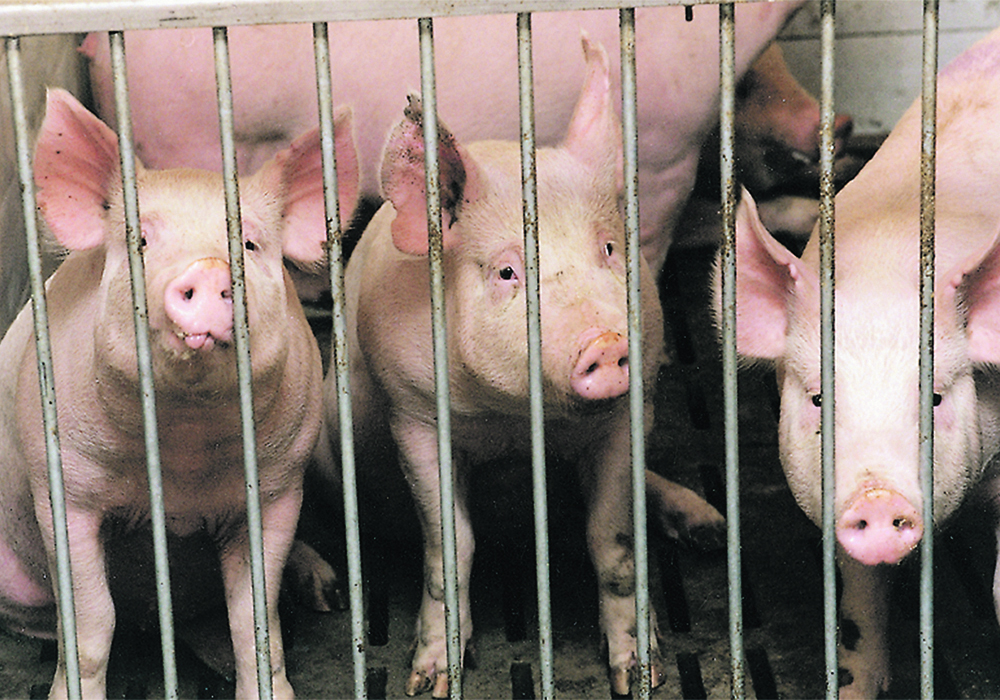Increased prices reflected decreased supply when slaughter plants slowed production or closed due to COVID-19 infections
Prices for fresh and frozen beef rose 13.7 percent in May, reflecting decreased supply when slaughter plants slowed or temporarily closed due to worker illness from COVID-19.
Statistics Canada issued a report Nov. 17 showing the May price increase was followed in June by the largest month over month price gain in five years of 21.6 percent.
“The drop in slaughterhouse output in April corresponded to higher purchase prices for wholesalers, which adjusted their selling prices to maintain margins. Year over year, margins more than doubled (up 103.8 percent) to reach an average price of $1.30 per kilogram in May,” Statistics Canada reported.
Read Also

U.S. market can’t easily be replaced
The deputy chief economist of Farm Credit Canada says 92 per cent of Canada’s total exports to the U.S. went into the country duty-free in June.
“Margins grew because selling prices (up 23.4 percent to $14.50 per kg) rose at a faster pace than purchase prices (up 18.5 percent to $13.20 per kg). The ability to maintain and increase margins attests to the sustained demand from retailers and food service establishments.”
Statistics Canada noted some panic buying of beef this spring when consumers feared food shortages. Fresh beef sales rose by 36 percent in mid-March compared to the 2019 average price.
Consumers saw price increases while ranchers received lower prices for cattle sold, it noted, and that was before Alberta’s two large federally inspected slaughter plants reduced production.
“With nowhere to send their cattle, animals stayed on feedlots for longer than usual, corresponding to a month-over-month live cattle and calf price decrease of six percent in April,” StatsCan said.
Slaughter rates dropped by just over 27 percent year over year in April and the average price of cattle dropped 11 percent year over year. Slaughter rates were also down May by 31 percent compared to the previous year but rebounded in June.















